May your days be merry and bright – and may all your holidays be safe.
Let’s take a look at how holiday celebrations can bring extra risk into your life – and ways to minimize that risk to keep your home and family safe. We’ve also included a home holiday safety tips checklist at the end, so feel free to read ahead.
Holiday cooking risks & safety tips

Cooking is the leading cause of home fires in the United States, sparking 51% of all fires that start in houses. Unsurprisingly, cooking-related fires spike on Thanksgiving Day and Christmas Day.
Fires are one of the most common homeowner insurance claims. To improve kitchen safety and prevent fires in your home this holiday season, follow these steps:
- Never leave cooking food unattended. The most common cause of cooking fires is leaving the stove (or fryer) unattended.
- Fry with care. Deep-fried turkeys have grown in popularity in recent years, but frying is much riskier than roasting (52% of home cooking fires are ignited by fat, grease, or oil). If you go the deep-fry route, read up on ways to avoid turkey fryer fires.
- Read food labels. Warning your guests (and avoiding known allergens) can prevent dangerous allergic reactions, so read ingredient lists for common allergens when you’re using new ingredients or cooking for a large group.
- Invest in a meat thermometer. Undercooked meat can cause food poisoning. If you’re cooking meat this holiday season – especially if it’s a large animal like a turkey – use a meat thermometer to ensure that it’s thoroughly cooked and safe to eat.
Holiday candle risks & safety tips
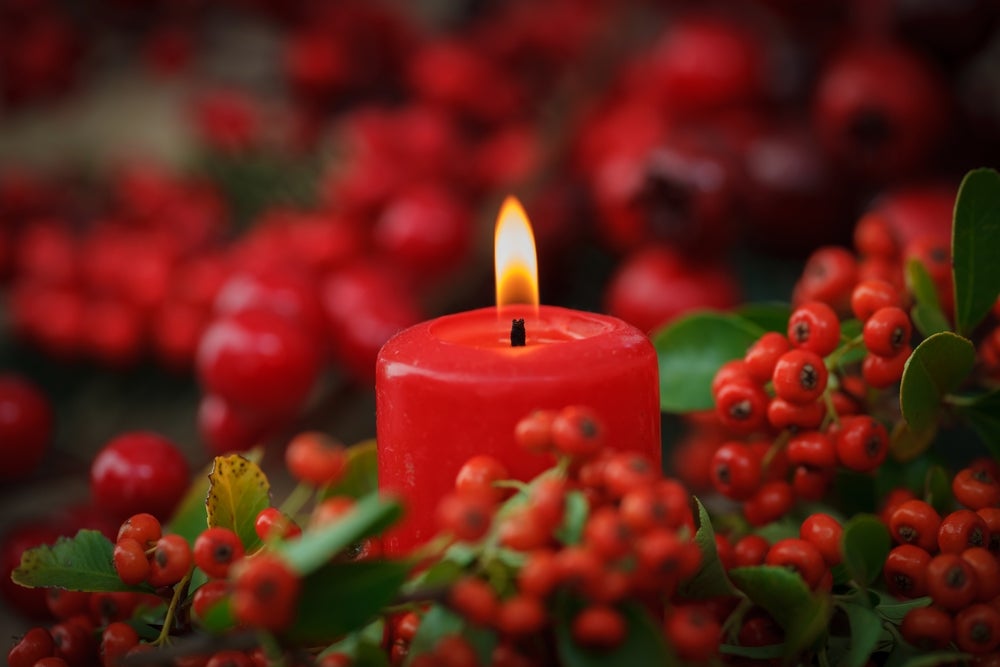
There’s no doubt that candles make a winter holiday night seem cozier and more inviting. And they’re part of many holiday traditions: lighting candles is part of ritual celebrations of Christmas, Hanukkah, and Kwanzaa.
Maybe it’s no surprise, then, that:
- December is the peak month for candle fires.
- 24% of all candle fires occur in December and January.
- 21% of candle fires where an action could be identified involved an unattended or unsupervised person.
In December, holiday decorations are the material most often the first to catch fire. And here’s a hint about why Christmas Day sees so many candle fires: Over half of candle fires in homes start when something combustible (like discarded wrapping paper) is left too close to a candle.
Every year, candles cause 8,690 home fires. To keep from adding to that total, follow these candle safety tips from the National Fire Protection Association:
- Use sturdy holders for lit candles. Holders that are too light or improperly weighted increase the chances of a lit candle toppling and igniting fuel nearby.
- Keep lit candles on sturdy, clear surfaces. No wobbly tables. No tables with piles of paper. A clear, steady area ensures that the candle stands upright.
- Blow candles out before they burn all the way down. This is especially important for candles in glass jars, which can explode if they get too hot (which can happen if a flame gets too low).
- Don’t leave candles alone. As with cooking, don’t leave a burning candle unattended. And note that kids don’t count: never leave kids in a room alone with a burning candle.
- Don’t burn candles in rooms where people fall asleep. Sadly, 11% of candle fires sparked because someone fell asleep while the flame was burning.
- Leave a clear 12 inches on every side of the flame. With plenty of clearance, it’s less likely that flammable material will blow into the flame or that the flame will catch something nearby on fire.
- Consider fake candles. Flameless candle technology has come a long way in recent years. Many fake candles offer the same cozy, flickering light as the real thing – with none of the risks. (Bonus: scented candles cause allergic sinus reactions in some people, so going fake may help your guests breathe easier.)
By the way, candle fires are also a problem around Halloween. The US saw an average of 9,200 candle fires in the days surrounding that holiday. Read more about protecting your home in 8 Halloween frights home insurance can cover.
Winter weather risks & safety tips
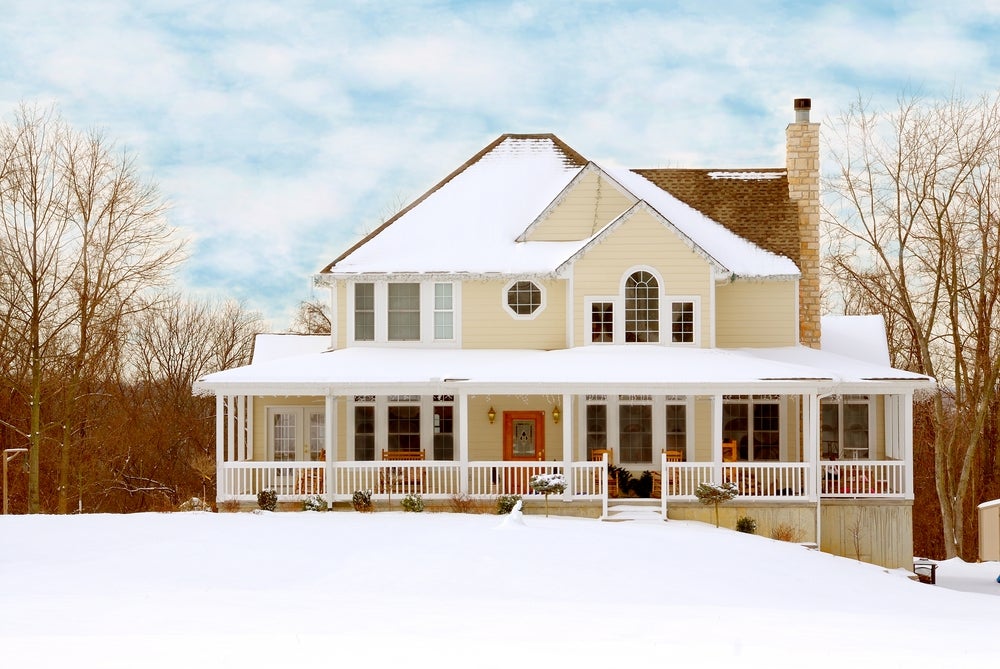
Some parts of the holiday season affect whether or not you plan to celebrate - winter weather can cause both physical injury and property damage.
Depending on where in the country you live, you can keep your property and your visitors safe by following these winter weather tips:
- Prepare for bad weather. If you get snow and ice, stock up on salt and shovels ASAP. You’ll want to be prepared to keep your walkways clean before the first storm hits. Keeping the areas around your house walkable helps prevent slip-and-fall injuries.
- Check your home’s seals. While home insurance covers some types of water damage, you still want to make it harder for water to creep into your house by keeping your gutters clean and sealing any cracks along windows, walls, and doors. When temperatures drop, even a little water in a crack can cause problems: as it freezes, it expands, which means more room for water to get inside and do damage.
- Protect your pipes. Freezing temperatures can also damage your pipes. Luckily, there are several ways to keep pipes from freezing, including insulation and heating tape.
- Clean your chimney. If you have a fireplace or wood-burning stove, be sure to clean your chimney at least once per year. The buildup of substances like creosote (which can be removed with regular cleaning) contributes to 30% of home heating fires.
- Follow other fire safety protocols. Keep your home fireplace or wood stove safe by clearing the area around it, and be sure to soak the hot ashes in water and store them in a metal container after you clean. Also, don’t burn cardboard or trash in your fireplace or wood stove.
- Keep flammable objects away from heat sources. As with candles, keeping stuff at least three feet away from heat sources (including space heaters, which cause 43% of home heating fires) can prevent fires.
By the way, you may want to prepare your home for winter even when it's in the South.
Christmas tree risks & safety tips
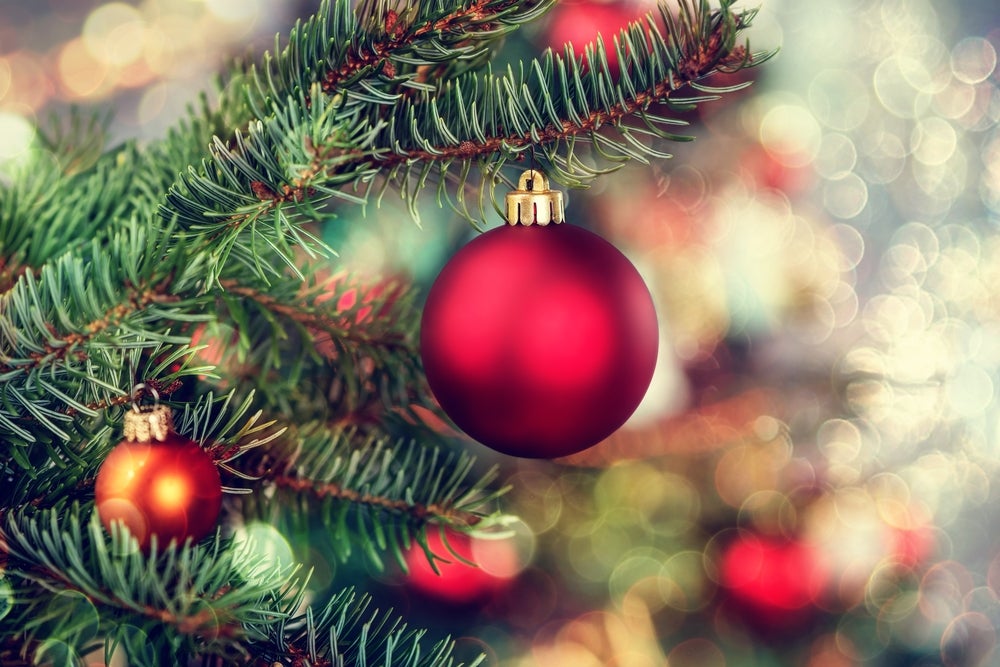
Christmas trees have gotten safer since the days when we used actual lit candles to decorate them, but they still cause about 160 home fires every year.
You can minimize the chances that your evergreen will go up in flames by following these Christmas tree safety tips:
- Pay attention to your wires. Problems with electrical distribution or lighting equipment account for 34% of Christmas tree fires. If you’re not sure what counts as “too much,” read and follow the instructions on your lighting equipment and surge protector.
- Keep trees away from heat sources. About a quarter of tree fires happen because the tree is too close to a heat source (fireplace, space heater, radiator, etc.). When you choose the perfect place for your tree, make sure it’s clear of things that get hot.
- Keep it watered. In the event of fire, a watered tree burns much slower than a dry tree, which increases the odds that you’ll catch the fire and put it out before serious damage is done.
- Get rid of it! While the majority of Christmas tree fires occur in December and January, a shocking 26% happen between February and November, possibly because trees still lingering in February are dry and more flammable. Avoid this fate by getting rid of your tree by mid-January.
- Consider going fake. Fires aren’t the only risk Christmas trees present: they also cause allergic reactions in many people. As with candles, artificial trees can reduce your fire risk and save the sinuses of some of your loved ones.
Holiday travel risks & safety tips
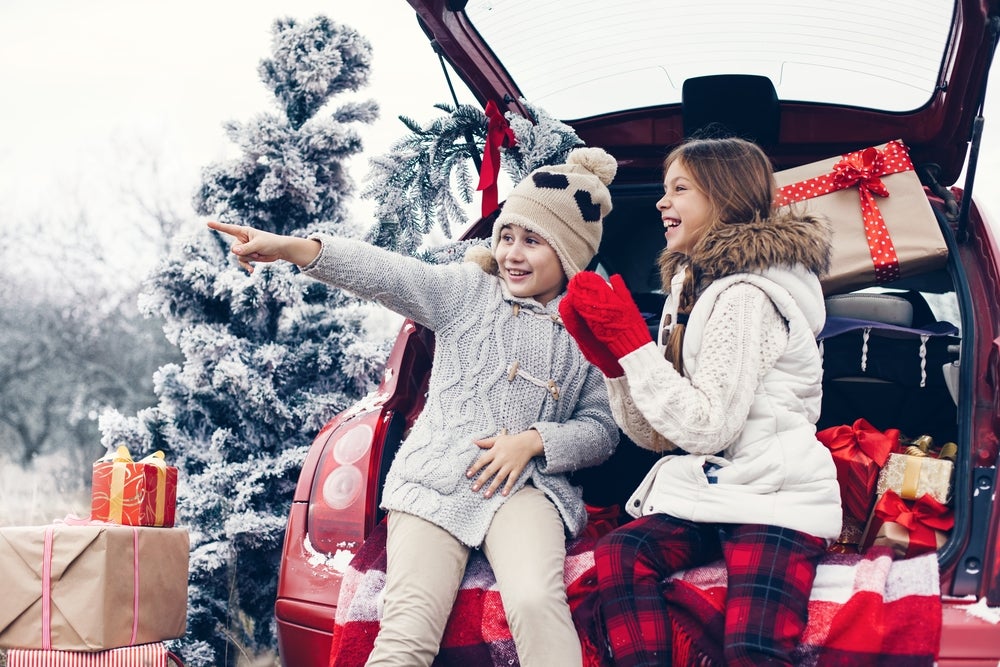
Whether you’re headed over the river and through the woods or up the turnpike to see family over the holidays, there are some risks to be mindful of.
To increase the odds that your time away from your home doesn’t lead to any unplanned problems, follow these holiday travel safety tips:
- Stay calm. The Federal Aviation Administration says that it’s received over 2,455 reports of unruly passengers in 2022 and 1,780 so far in 2023. Interfering with crew members violates federal law and can lead to fines and criminal charges, so you’d be wise to keep your head. And if others are losing theirs, try to stay out of it. If you can’t, use empathetic language to diffuse the situation.
- Install a security system. Nobody wants to come home to a burgled house. Installing a security system – especially a smart system that sends you real-time updates or alerts a central monitor – can help deter would-be thieves and ensure that any attempted burglary is addressed as soon as possible.
- Install smart sensors on your water pipes. These smart-home systems can prevent water damage by sensing unusual water activity (such as what would occur if a pipe froze and burst) and automatically shutting off your water when it happens. When you’re not around to turn off the water manually, a smart sensor can offer major benefits.
- Pause your mail or have a neighbor collect it. Piled-up mail or newspapers can signal to thieves that nobody’s home, so consider pausing mail delivery for the days you’ll be gone (which you can do via the USPS website) or asking a neighbor to bring it inside every few days.
Hire a shoveling service, if necessary. If you live in an area where it snows a lot, consider hiring a shoveling service while you’re away. This ensures that you’ll be able to park when you get home and that you’re not signaling your awayness loud and clear to potential burglars.
General home safety tips for the holidays
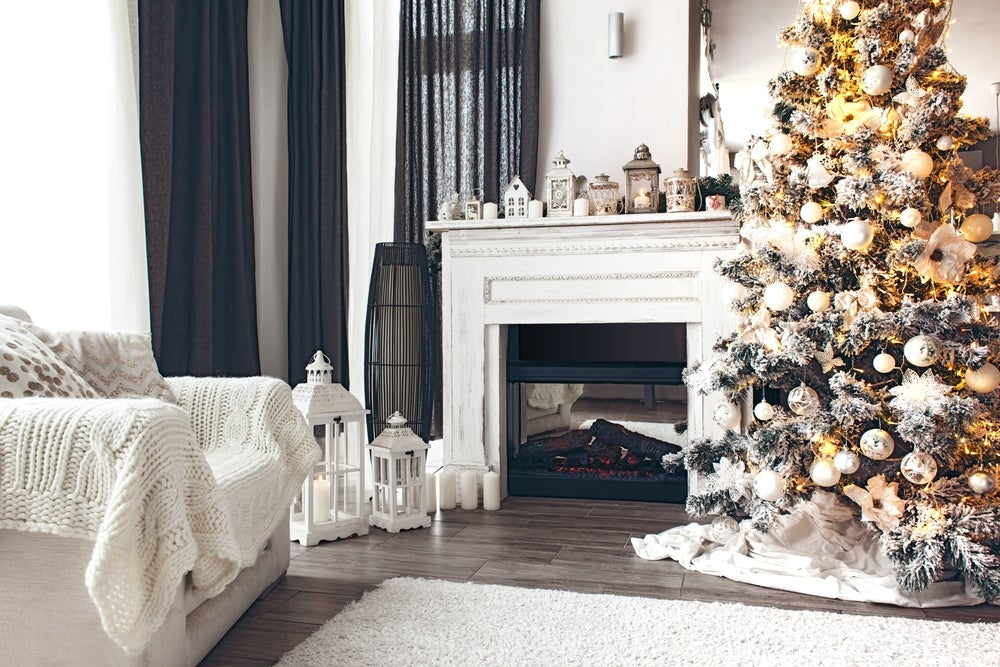
We’ve spent a lot of time on fire prevention here, and we’re not finished yet. The holidays come with several season-specific fire risks, but prevention isn’t something you should only be thinking about from Thanksgiving to New Year’s.
Consider this: nearly 60% of the deaths caused by home fires happen in houses that either didn’t have a smoke detector (41%) or had one that wasn’t working (16%). By either installing a smoke alarm or taking just a few seconds to test the one you have right now, you can help prevent damage and injury to everyone who visits your home.
Here are some other holiday home safety tips to keep your home and loved ones safe:
- Check your smoke detectors. Replace dead batteries and hook up disconnected batteries. (We really can’t say this enough.)
- Choose flame-resistant or -retardant decorations. They can make a big difference in the event of a blaze.
- Choose the right lights. Some lights are meant only for indoor use, some only for outdoor. Follow directions on the box.
- Use clips, not nails, to secure lights. This prevents damage to the cords, which can spark fires.
- Ask smokers to smoke outside. Provide them with a large, deep ashtray that’s not likely to overturn. Wet butts before discarding them. Ask smokers to keep their lighting equipment away from kids.
- Use fireworks with care. While the Fourth of July is the biggest holiday for fireworks, plenty of people light displays for the New Year. Unfortunately, an estimated 10,200 people ended up seeking medical attention for injuries connected to fireworks in 2022.
Holiday home safety tips checklist
Ready to have the safest holiday season of your life? Take a minute to read through this checklist and verify that you’ve taken appropriate precautions based on your plans for celebrating.
- Prevent cooking fires.
- Never leave cooking food unattended.
- Check for allergens on food labels.
- Use a meat thermometer.
- Use turkey fryers on a sturdy, level surface away from flammable materials.
- Keep kids away from turkey fryers.
- Test the fill level of a fryer with water and your turkey to avoid overfilling.
- Completely thaw your bird before frying to prevent splattering.
- Use a cooking thermometer to prevent overheating of oil.
- Use gloves to touch the lid, pot, and handles of a fryer.
- Check your smoke detectors and replace dead or missing batteries.
- Prevent candle fires.
- Use sturdy candleholders.
- Keep candles on sturdy, clear surfaces.
- Blow candles out before they burn all the way down.
- Give burning candles a one-foot berth on all sides.
- Never leave burning candles unattended.
- Never leave kids alone with burning candles.
- Don’t burn candles where people sleep.
- Consider fake candles.
- Prevent weather-related injuries and property damage.
- Buy shovels and sidewalk salt before the first storm.
- Update seals on your windows and doors to keep water out.
- Clean your chimney.
- Clean the area around the inside of the fireplace.
- Keep your roof clear of debris.
- Don’t burn cardboard or trash.
- Soak hot ashes in water and place them in a metal container.
- Prevent Christmas tree fires.
- Don’t overload electrical outlets.
- Keep trees away from heat sources.
- Water trees regularly.
- Get rid of trees before they dry out.
- Consider a fake tree.
- Avoid theft and property damage while you travel.
- Install a home security system.
- Install smart water sensors.
- Pause mail delivery.
- Hire a shoveling service.
- Pick safe holiday decor.
- Choose flame-resistant or flame-retardant decorations.
- Use the right lights (indoor vs. outdoor) for the decorating job and hang with clips, not nails.
- Celebrate smartly.
- Ask smokers to smoke outside.
- Use fireworks with care.
Happy holidays from everyone at Kin! We look forward to helping you keep your home safe and comfortable into the New Year.
